Two changes to the U.S. Department of Agriculture’s latest Higher Blends Infrastructure Incentive Program (HBIIP) offering – one obvious, the other much more subtle – should encourage greater participation by single-store and small chain fuel retailers than seen in previous rounds of funding.
From the original Biofuels Infrastructure Partnership (BIP) program to the latest version of HBIIP, USDA has solicited input on the program from ACE and other stakeholders, and we've consistently advocated for changes making the program more accessible to single store and small chain retailers, who own and operate 60 percent of c-store locations, and are key to widespread availability of blends E15 and flex fuels.
Increasing the federal share of costs for new higher ethanol compatible equipment to 75 percent for owners of 10 locations or less should encourage more small retailers to apply. Some see a 75 percent cost share for retailers who haven’t applied for previous 50 percent programs as a “reward for bad behavior,” but the fact a retailer hasn’t participated in the past isn’t proof they didn’t try or weren’t interested. Because single store and small chain owners often have already pledged everything they own to purchase and operate their business, even with USDA providing 50 percent equity in the new infrastructure, some bankers are hesitant to loan the other 50 percent. It's more about total dollars loaned versus total collateral of a particular bank customer than cost share of new equipment. If bankers still refuse to finance an upgrade making all collateral worth more at 25 cents on the dollar, hopefully more retailers can find 25 percent without borrowing.
USDA also announced a total of $450 million, broken into five $90 million chunks, with the
application windows opening July 1, 2023 and closing at the end of each of the next five calendar quarters. But the more subtle and important change is having defined additional application periods.
In addition to working in their stations nearly every day, most small fuel retailers also serve as
bookkeepers for the store, making them the logical person to fill out HBIIP applications. In past rounds, retailers couldn’t risk taking time away from operational responsibilities unless they were certain they could complete the very detailed application by the deadline. Now, not only will incomplete applications be able to be considered in a future round, but all information previously entered will be saved in the applicant’s HBIIP portal.
Other changes would make the program even better for small retailers, but we're thankful that within the limitations of a federal grant program, HBIIP continues to get as better as it’s allowed.



